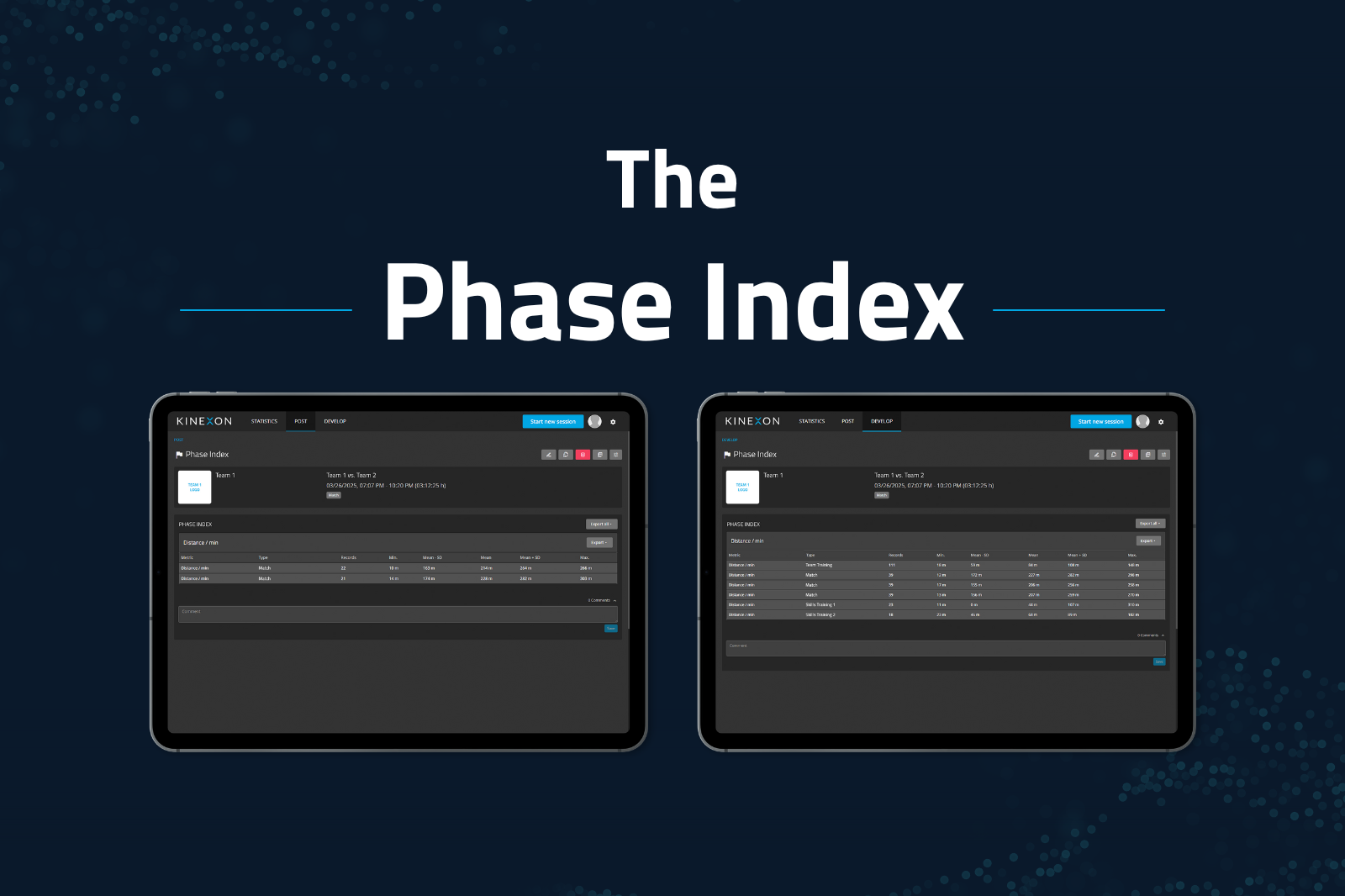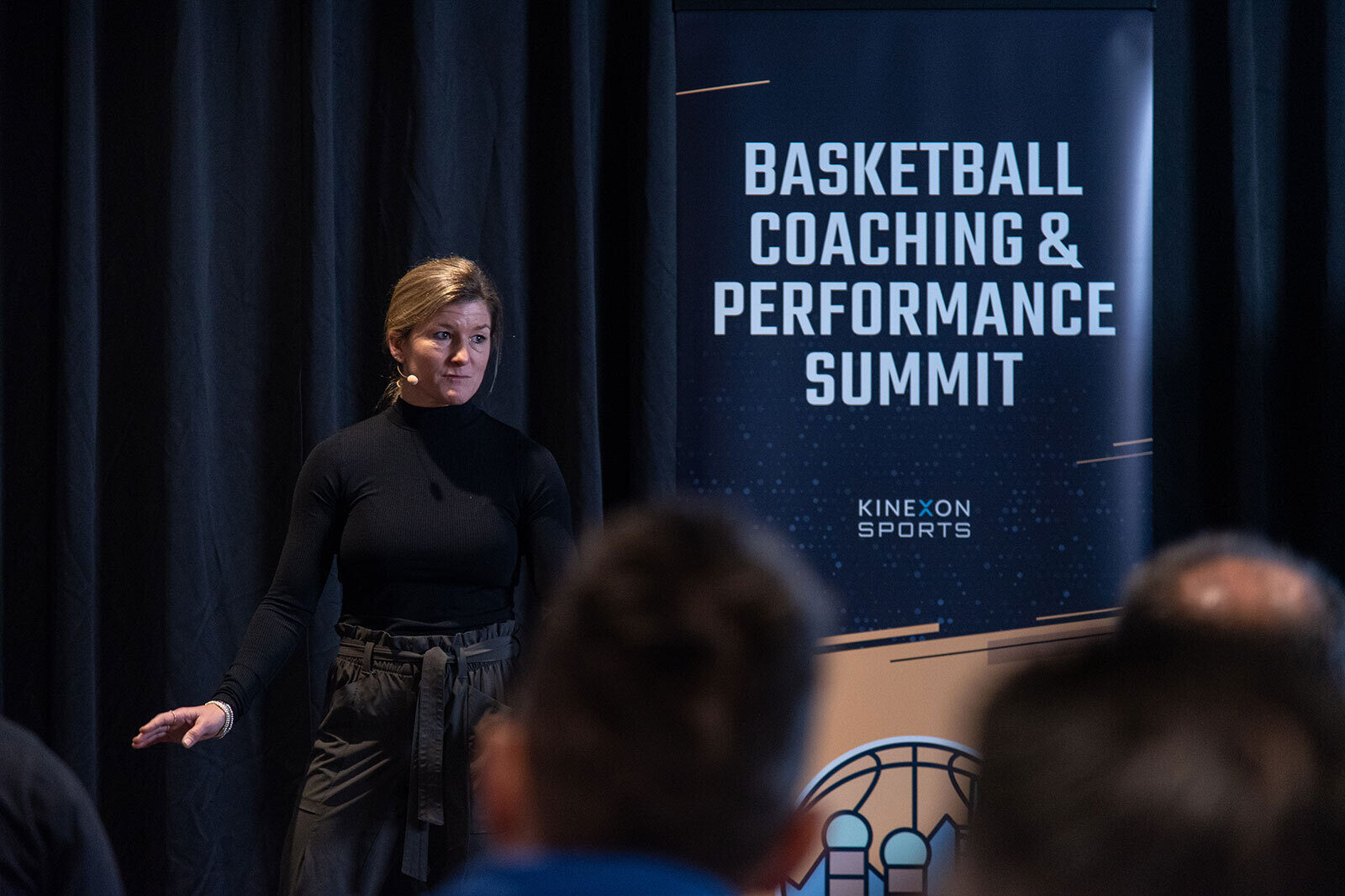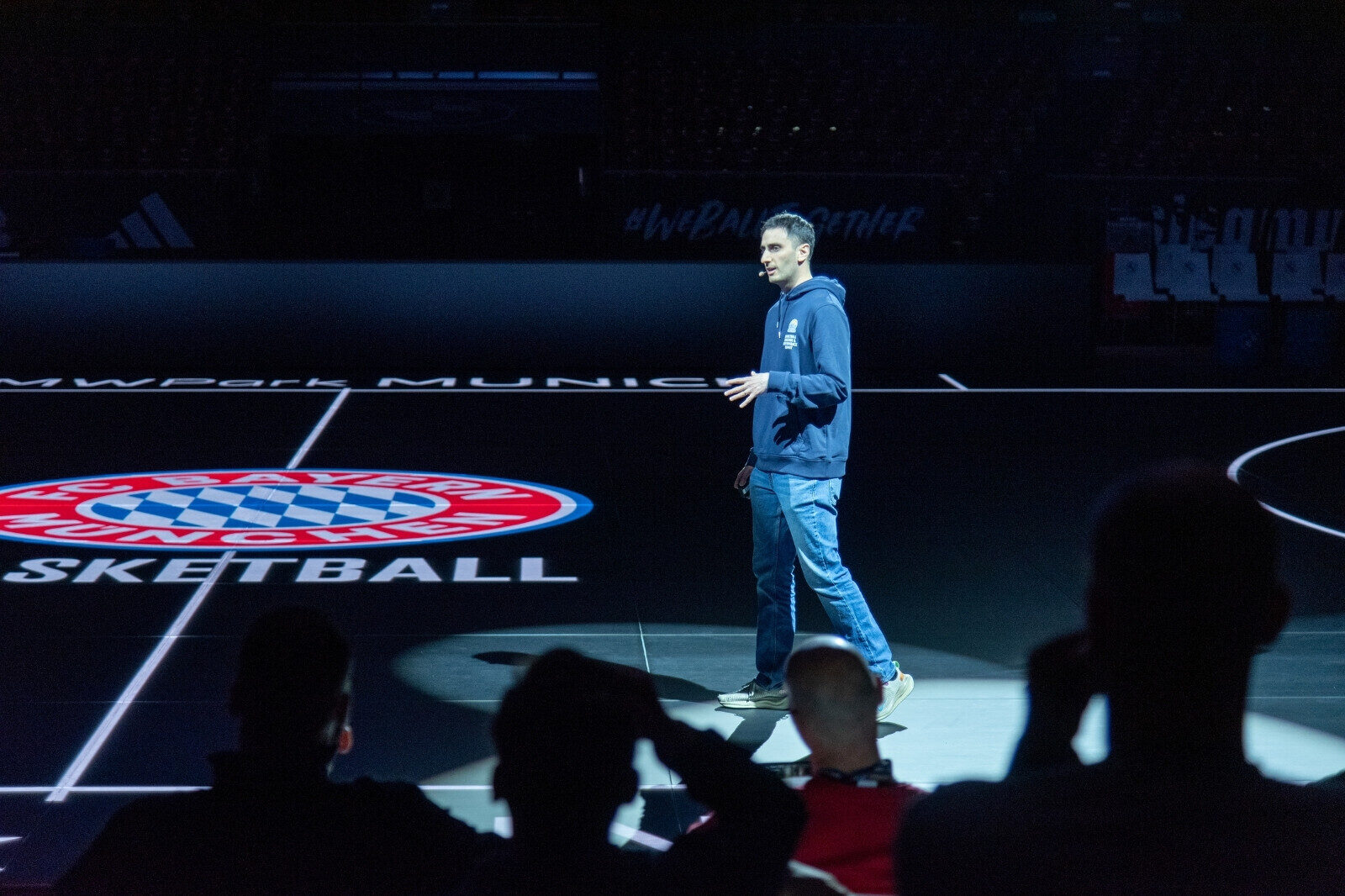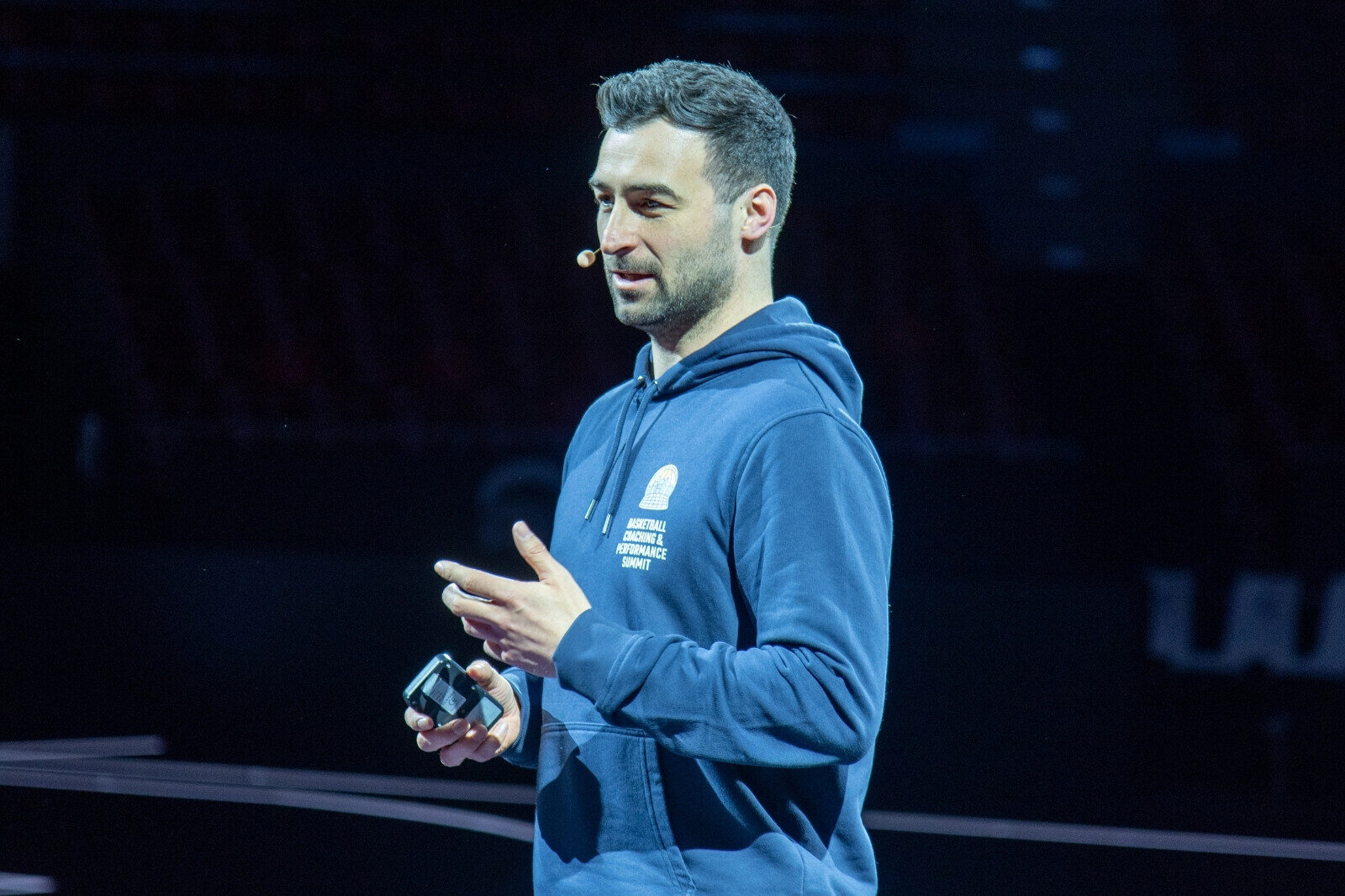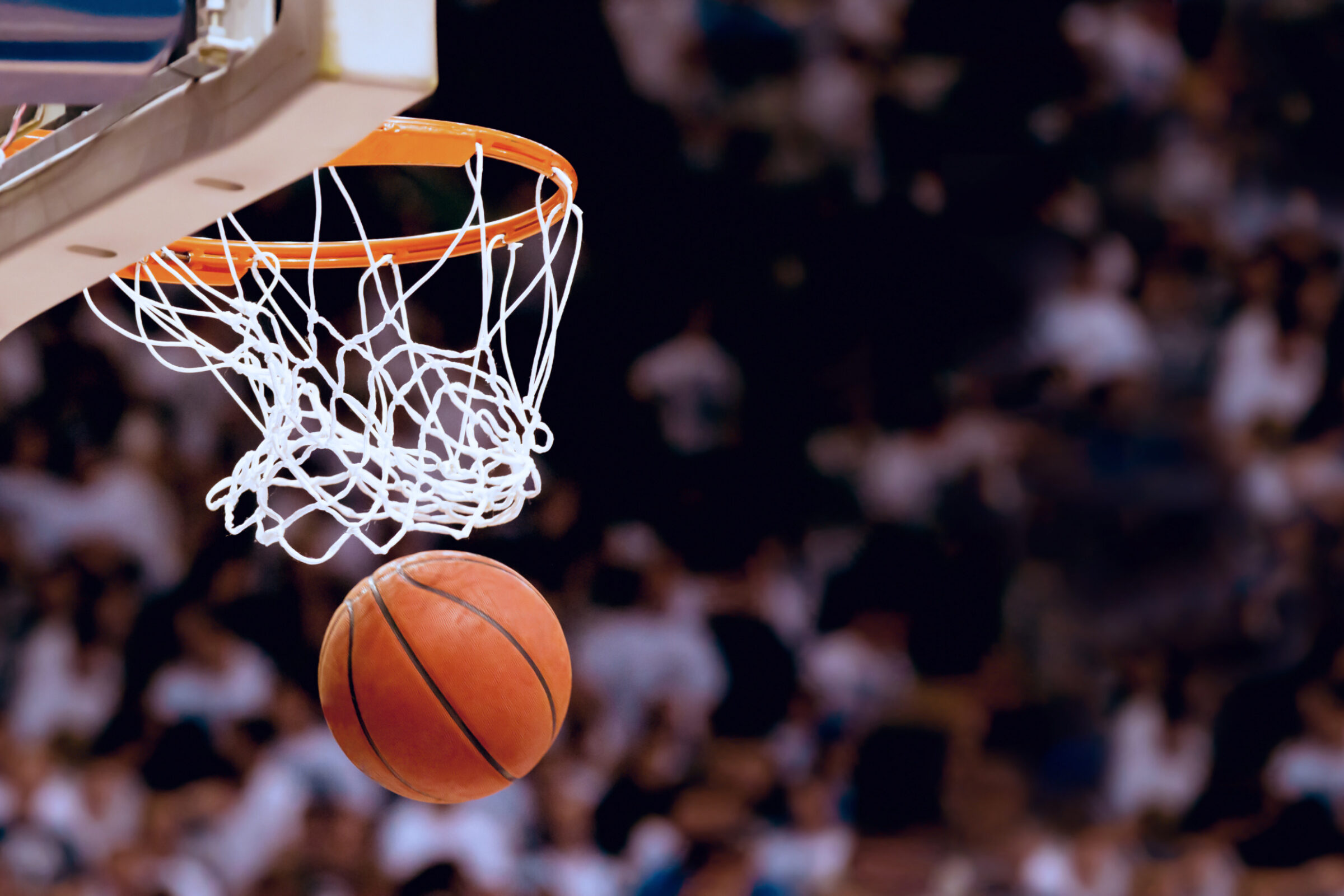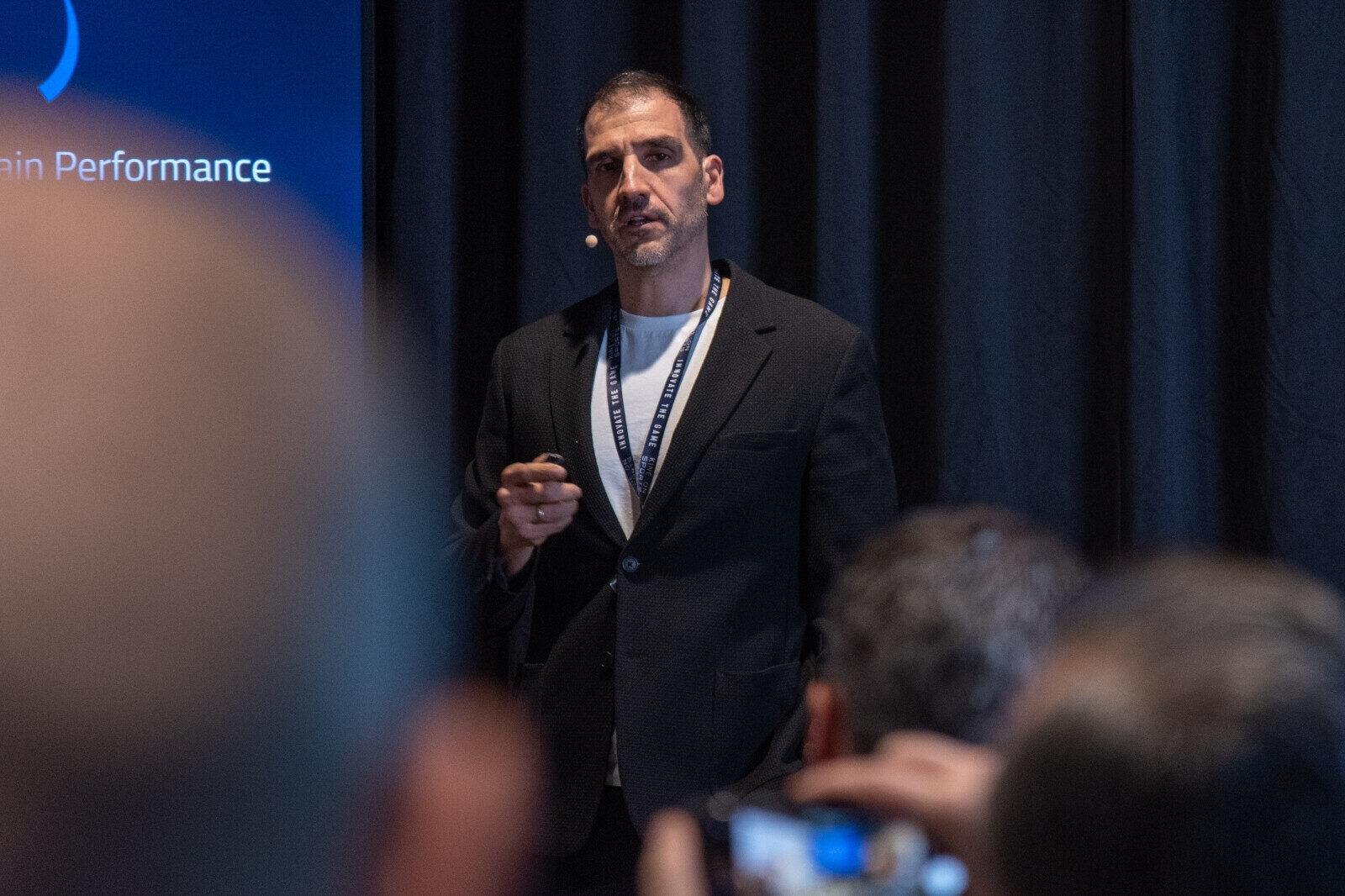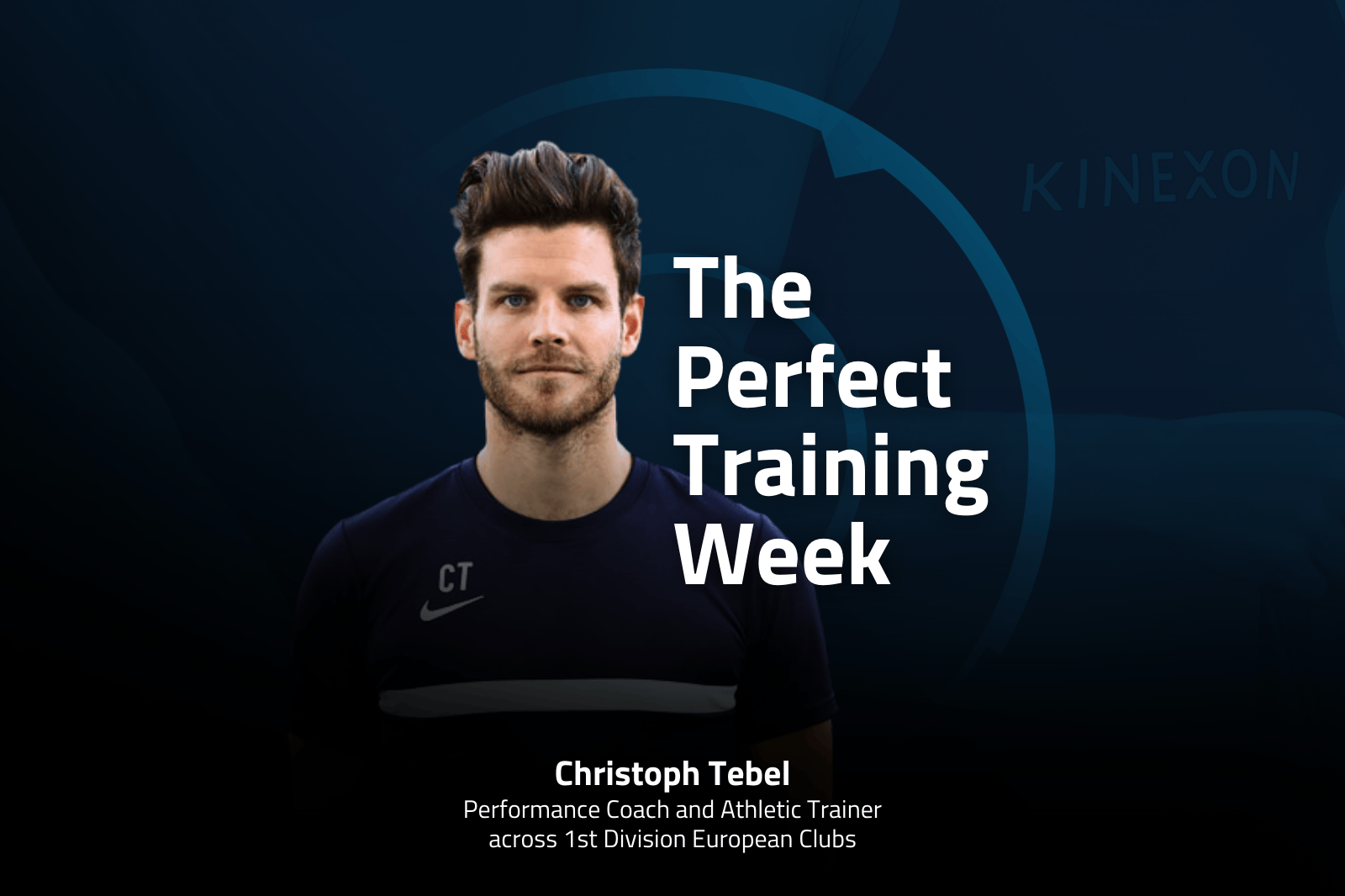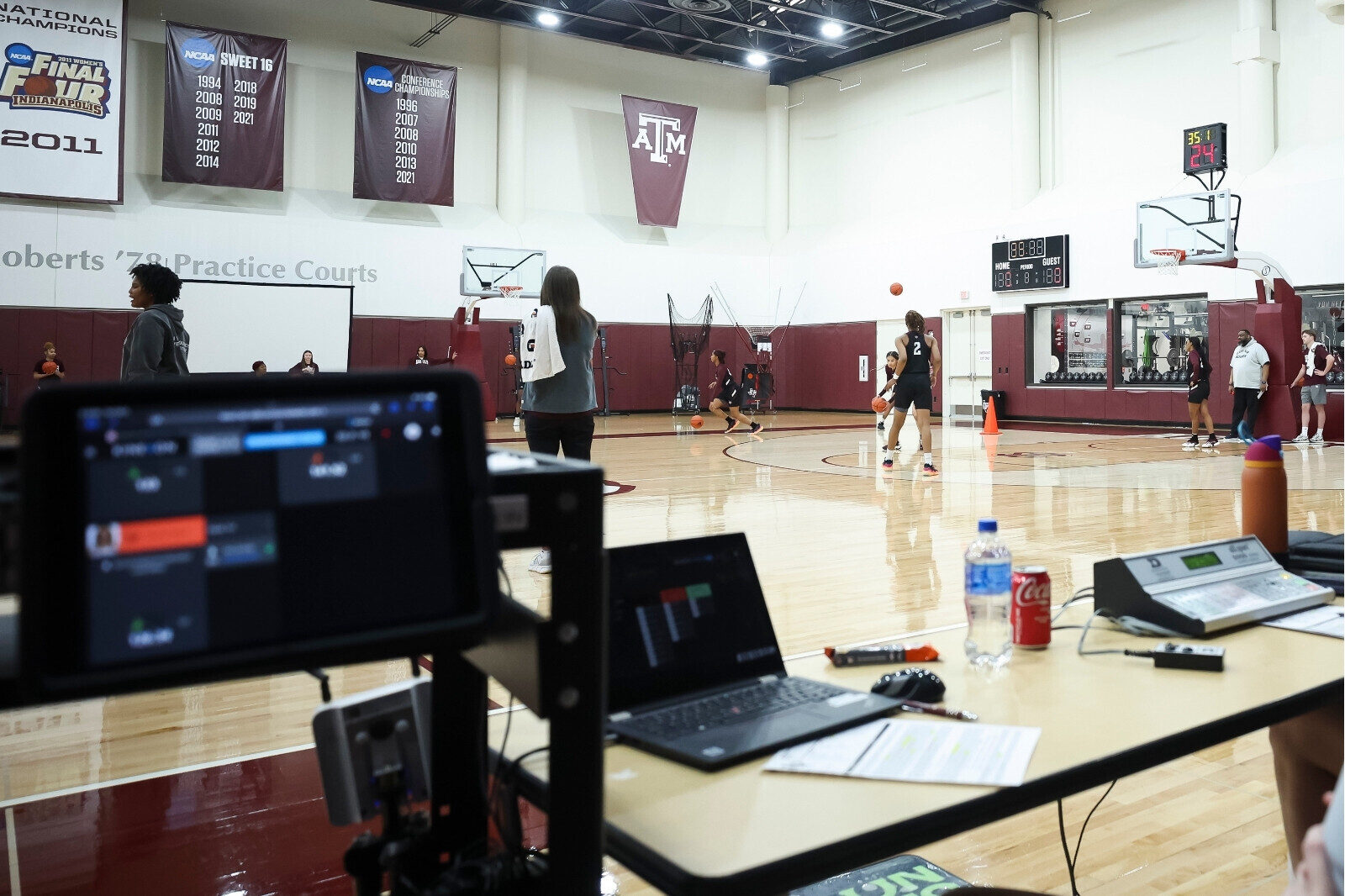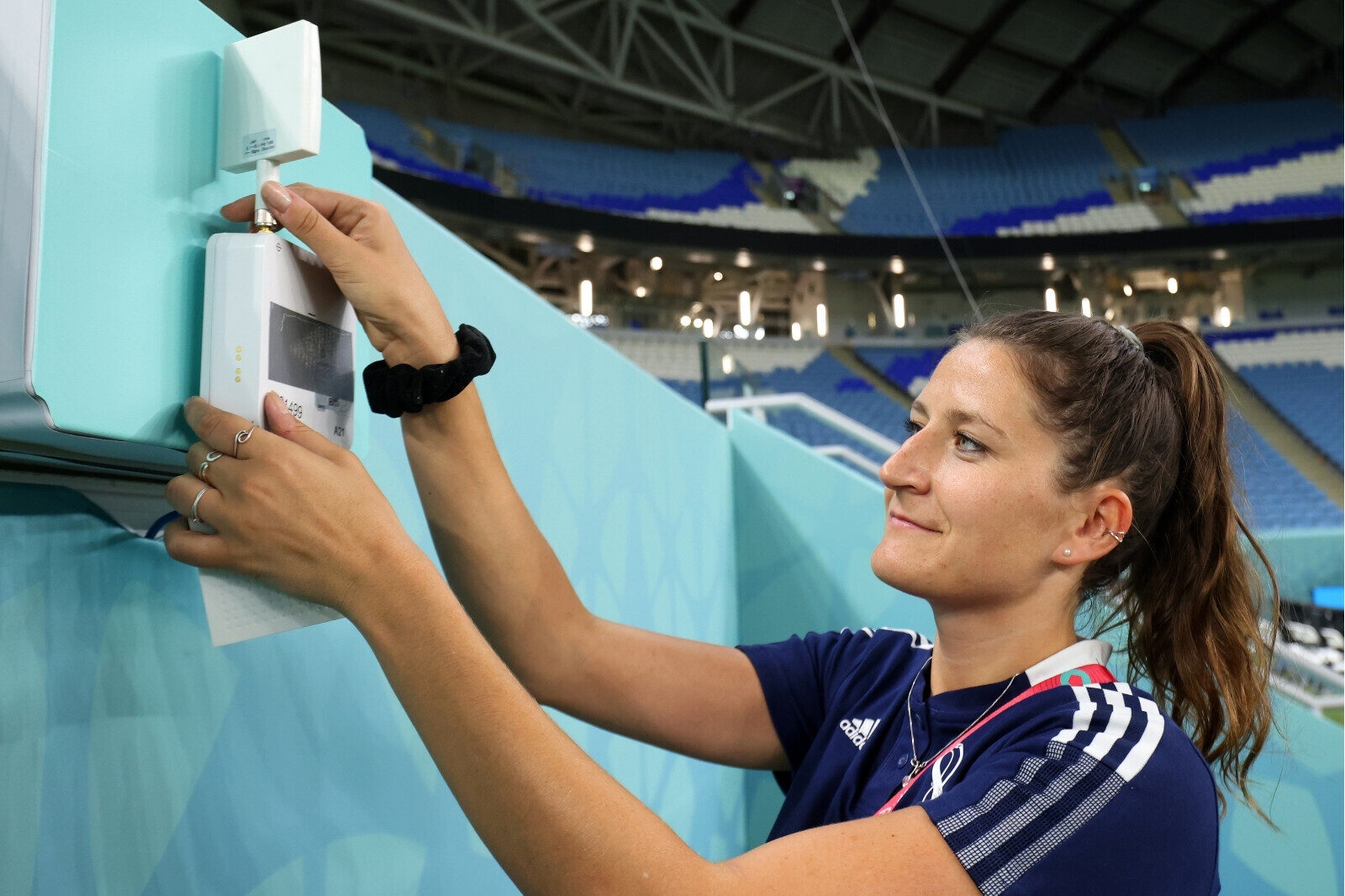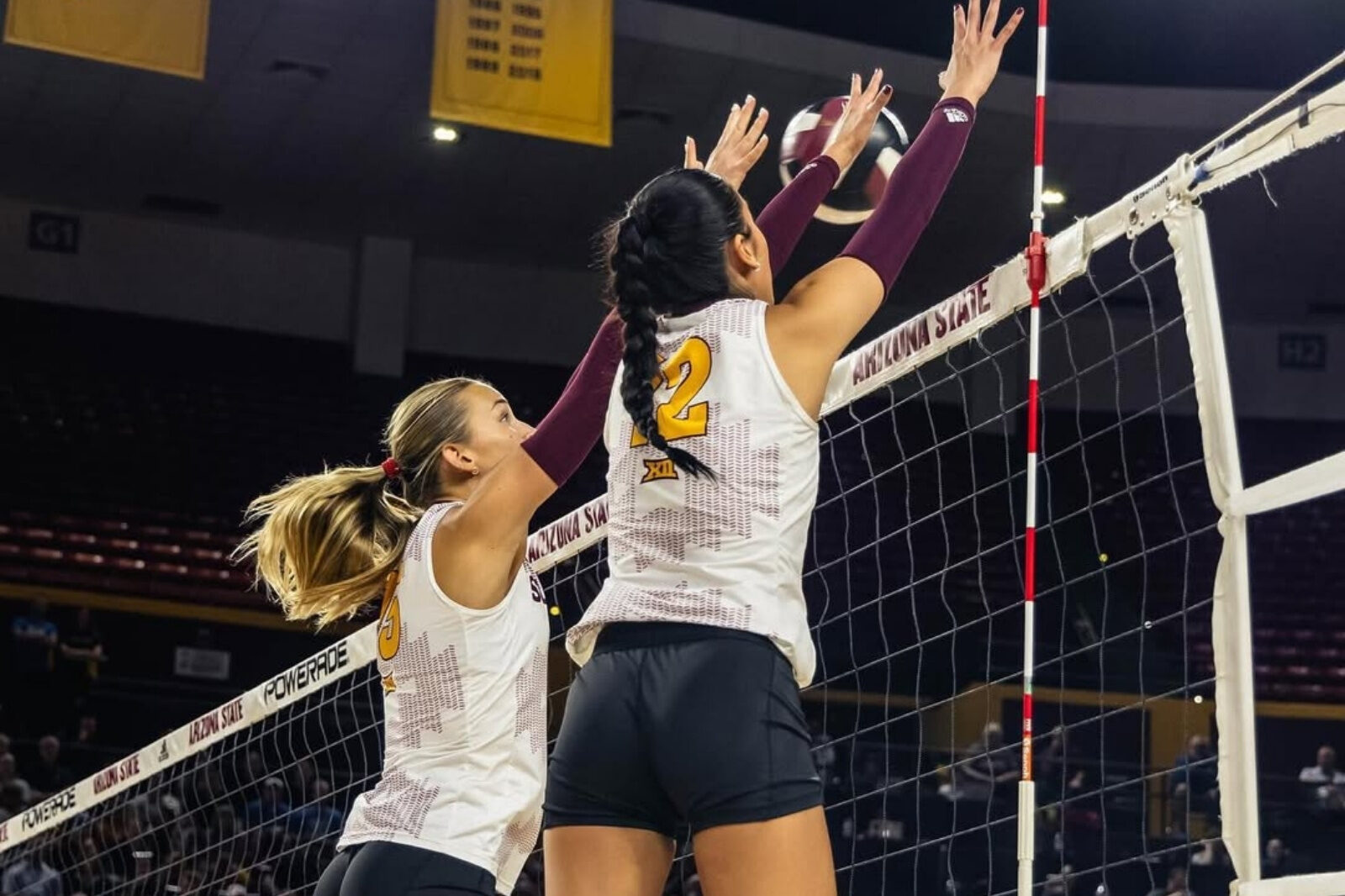Researchers Uncover the Power of Plyometric Workouts for Elite Handball Players
A group of researchers set out to assess the impact Plyometric training might have on improving vertical jumps (and other performance metrics) of handball players at the elite or national level. Here’s what they learned.
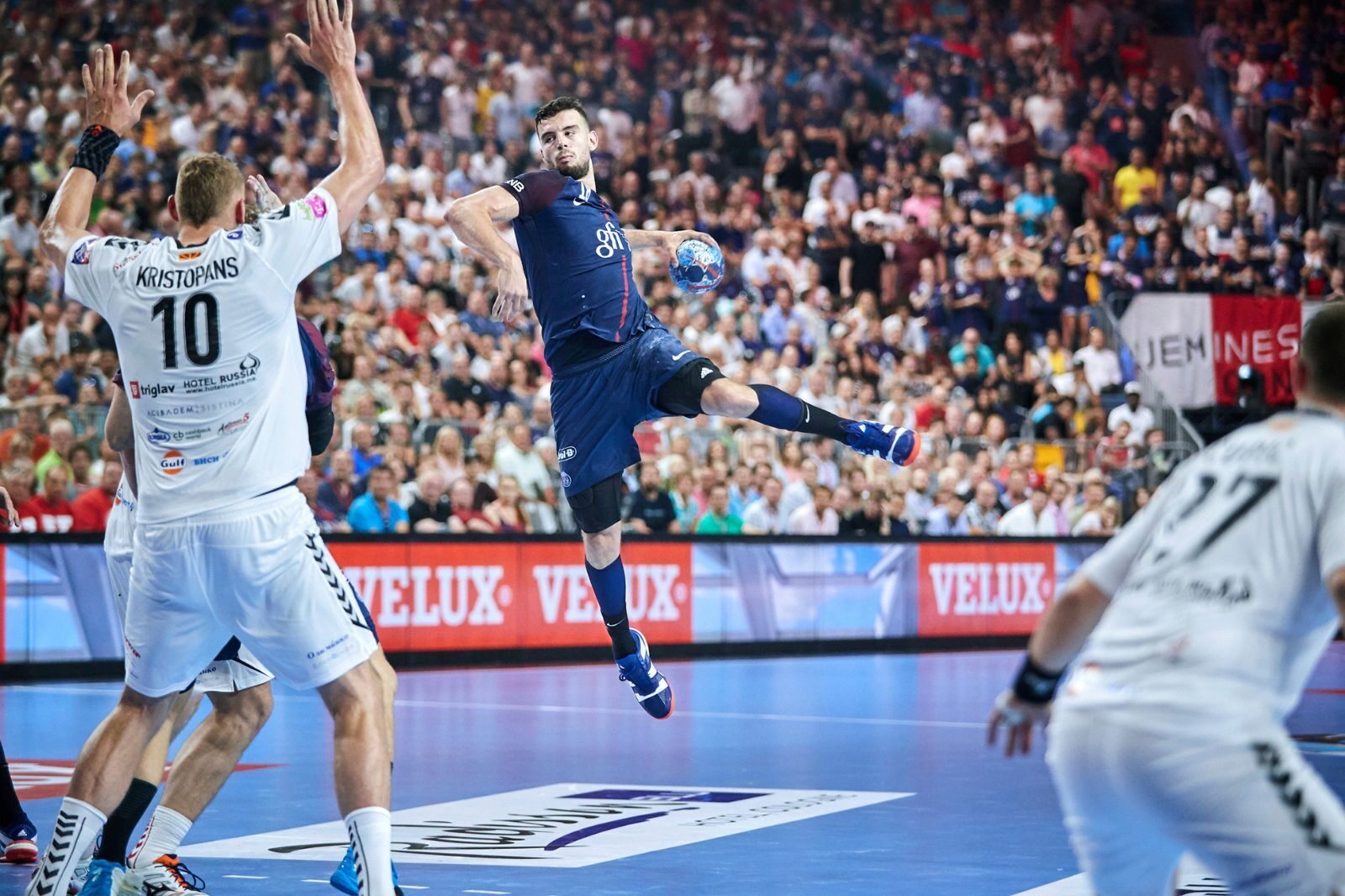
Keeping up with the demands of the sport isn’t easy. That’s why daily training sessions have evolved over time. Handball players experience bursts of high-energy that combine speed and strength. Plyometric workouts are often suggested to improve players’ explosiveness.
Previous Research Reviewed for Validity
The Faculty of Sport and Physical Education at the University of Novi Sad in Serbia conducted the study titled: “Effects of Additional Plyometric Training on the Jump Performance of Elite Male Handball Players: A Systematic Review.”
The main goal was to systematically review the available literature to determine the effects of plyometric training on handball players’ vertical jump ability. They also aimed to find out if this type of training enhances other performance areas and, if so, how.
Plyometrics Workouts Improved Jump Height
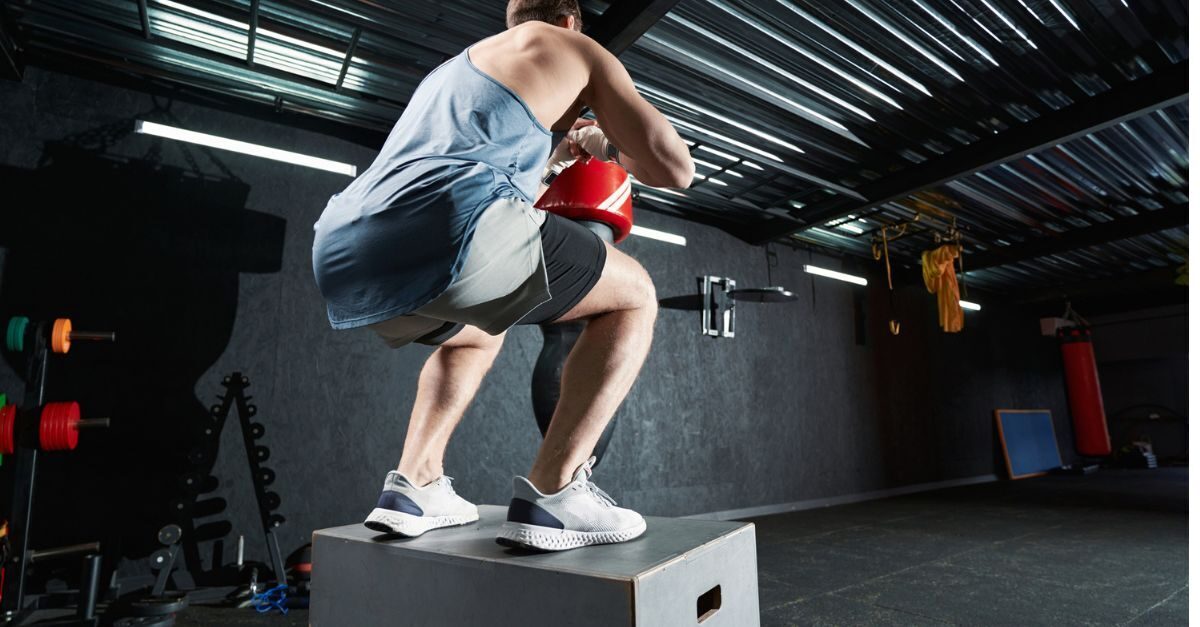
After a thorough examination of the available scientific articles, they concluded that plyometric training, either alone or combined with standard handball training, significantly improves the performance of elite or national-level handball players.
Researchers say a training program lasting at least six weeks and including two training sessions per week is beneficial but shows the most significant improvements after eight weeks.
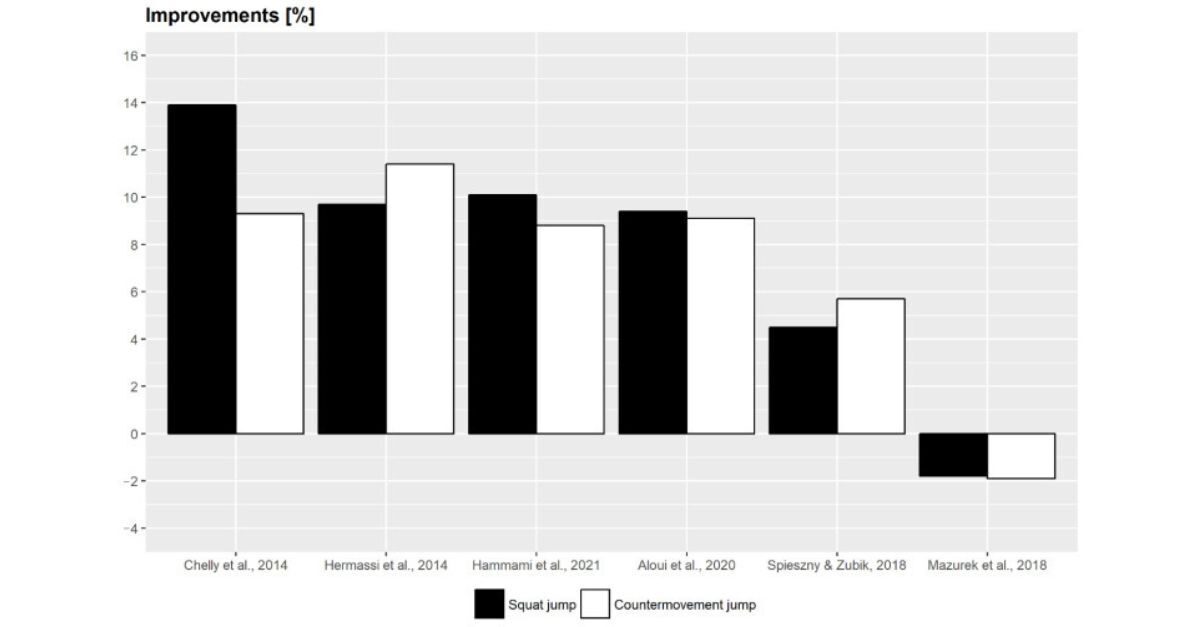
Performance was improved in most tested variables, such as jump and sprint performance, change of direction, and maximum leg strength.
But the highest percentage of improvement was related to vertical jumps. Changes in the maximum jump height ranged from 9.1% to 13.9%, and the countermovement jump increased almost 6%.
Handball Analytics Ensure Proper Training
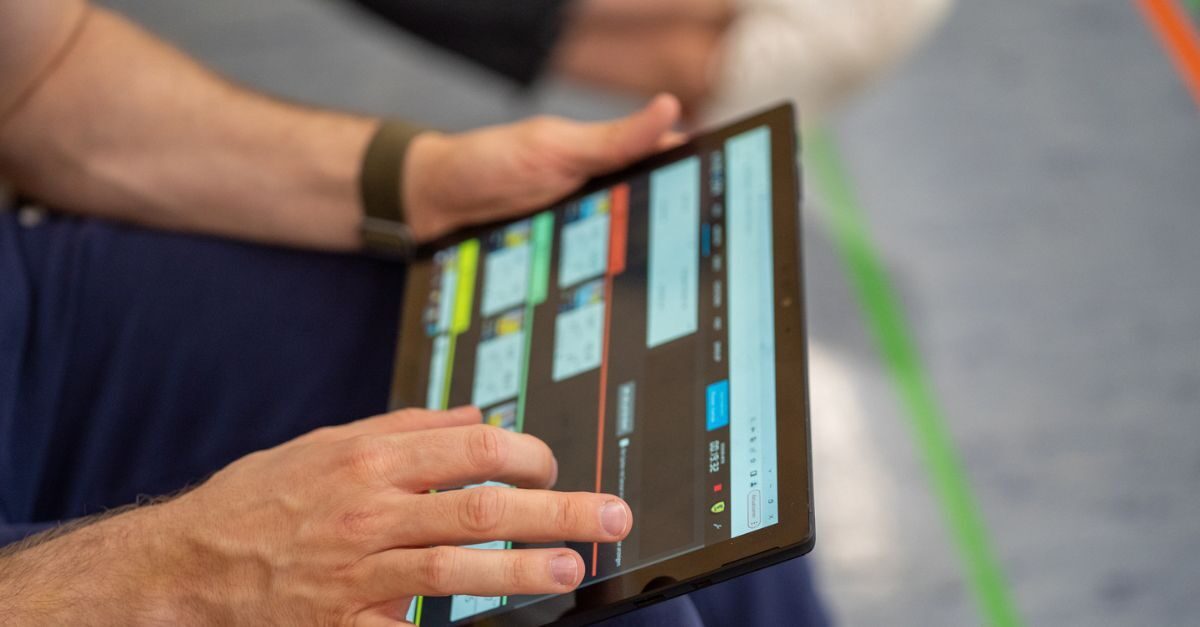
This means that handball players and coaches can consider Plyometric training a tool for improving performance.
But combining this type of training with the insights analytics provide can help maintain explosive strength parameters throughout the season.
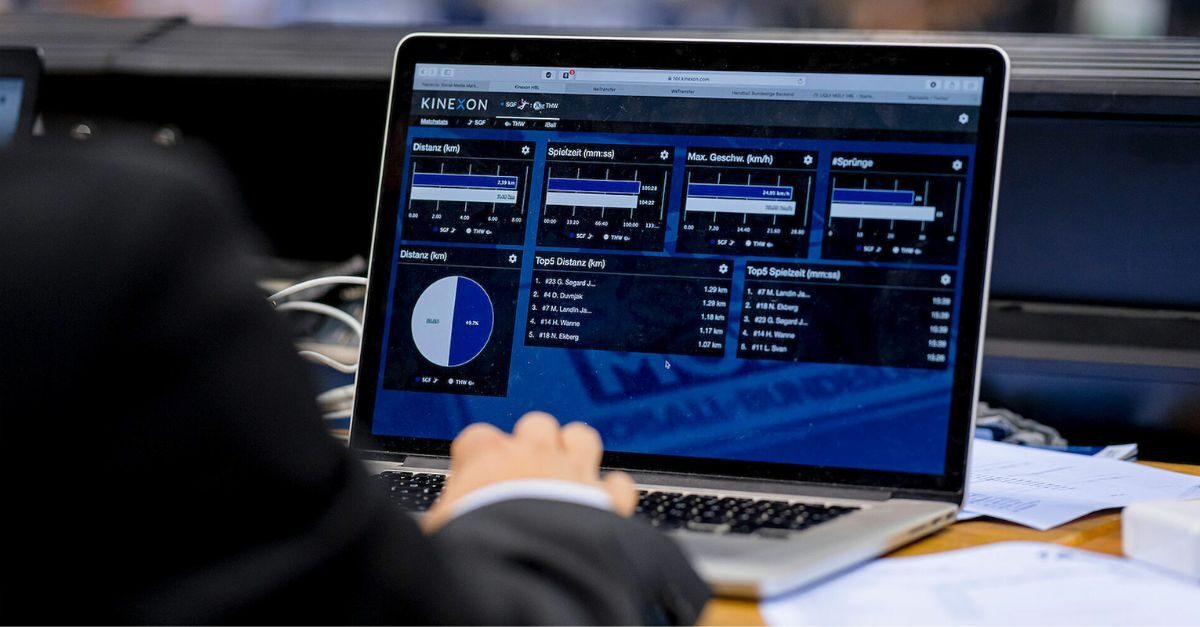
By implementing data collection into your training regimen, you can be certain that your players aren’t being overloaded, or underloaded. You can track many metrics, including:
- Distance covered
- Sprints
- Speed
- Accelerations
- Decelerations
- Change of direction
The combination of data collection and a proper training regimen can lead to significant improvements in performance, particularly in handball, and many other sports.
If you’re interested in learning more about player tracking systems for handball, don’t hesitate to contact us.
Or read our case study on how technology is helping the Rhein-Neckar Lowen team succeed.

